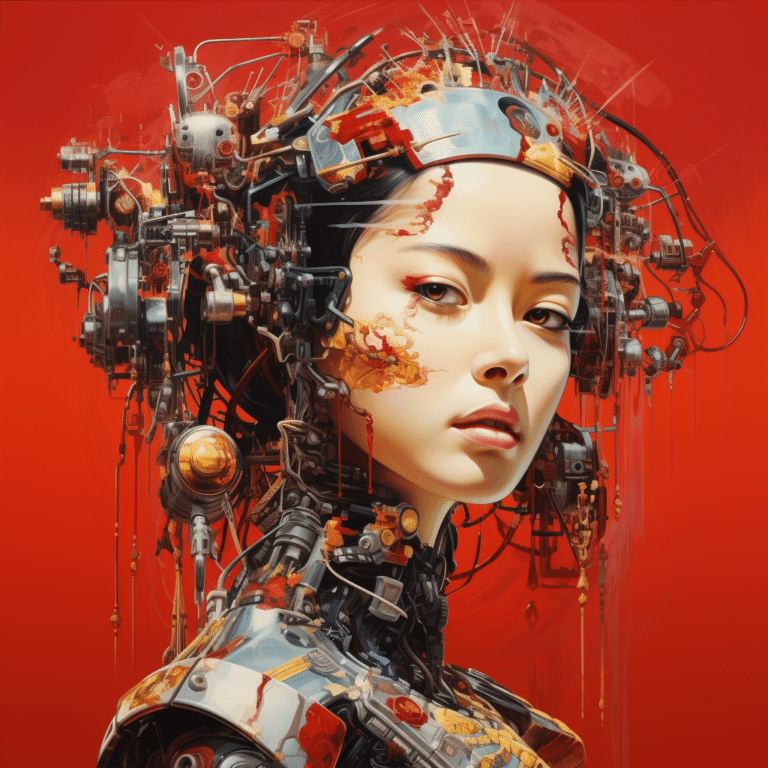China’s Stance on AI Art Copyright
In a groundbreaking decision, Chinese courts have declared that AI-generated images are eligible for copyright protection. This ruling is based on the premise that these images, while produced by AI, are the result of human intellectual input. The Beijing Internet Court emphasized that the human involvement in setting parameters and selecting the final image imbues these works with a personalized expression worthy of copyright.
Contrast with Western Legal Perspectives
This ruling starkly contrasts with the stance of Western courts, particularly in the United States, where AI-generated images are not granted copyright protection. The difference lies in the interpretation of human authorship and its role in AI-created content.
The Debate: Human Effort in AI Art
The debate hinges on the amount of human effort involved in creating AI art. Proponents of copyright protection, like the author of this article, argue that the process of generating AI thumbnails for videos, which involves numerous iterations, inpainting, color adjustments, and more, constitutes significant human input. This effort, they argue, is no less deserving of copyright protection than the videos themselves.
The Multi-Country Agreement on AI Safety
Amidst this debate, the U.S., Britain, and 16 other countries have signed an agreement focusing on making AI “secure by design.” While this agreement is non-binding and somewhat vague, it reflects a growing global consensus on the need for safety in AI development.
Conclusion: A Shift in AI Art Copyright Laws?
The Chinese court’s decision could signal a shift in the global approach to AI art copyright. As AI technology becomes increasingly sophisticated and integrated into creative processes, the legal systems worldwide may need to adapt to recognize the human-AI collaboration in artistic creation. This ruling not only challenges current copyright laws but also opens a discussion on the evolving relationship between humans and AI in the realm of intellectual property.
